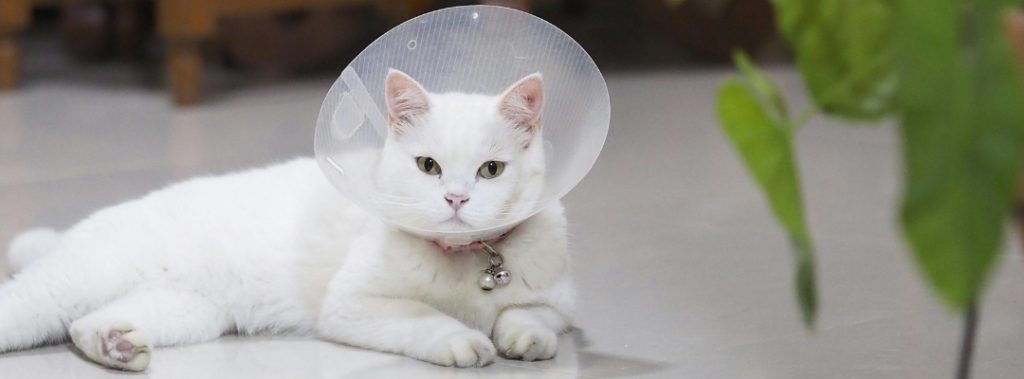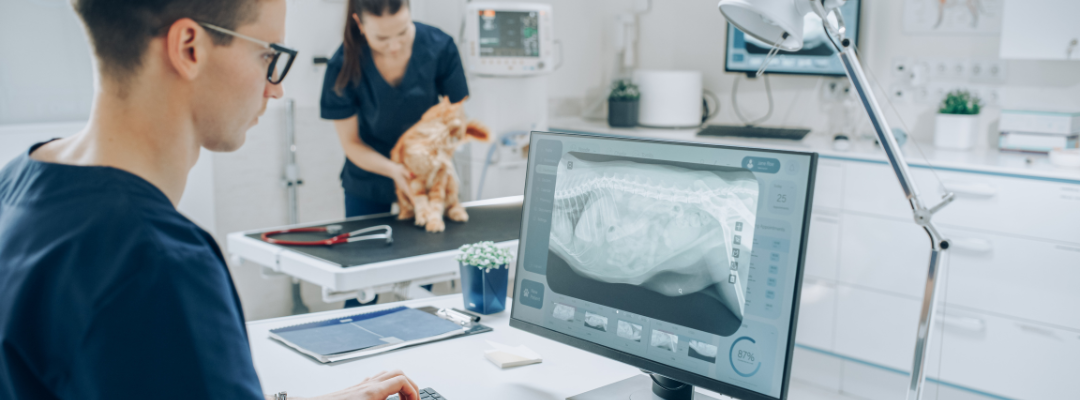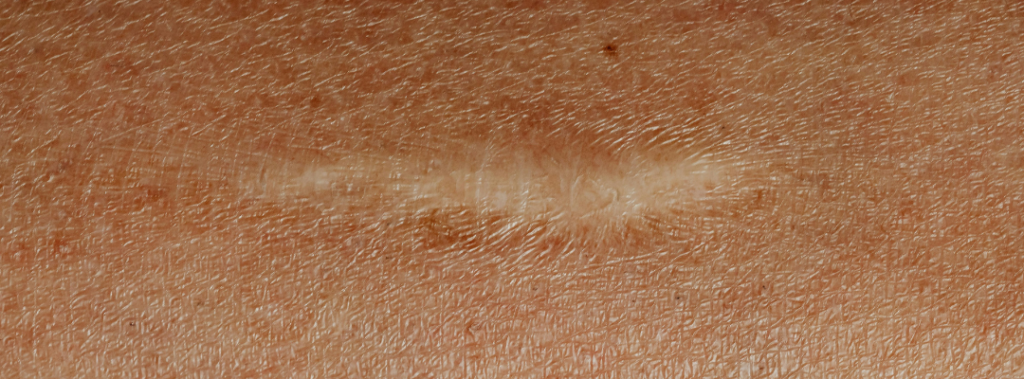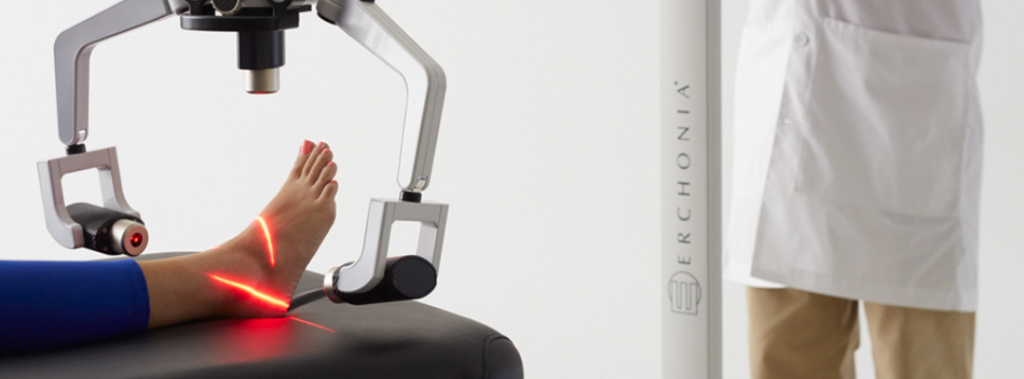
Starting a veterinary clinic is a rewarding venture that requires careful planning, the right equipment, and a commitment to providing the best possible care for animals. Beyond skilled professionals and a welcoming environment, the tools and technology you invest in will determine the efficiency of your practice, customer satisfaction, and patient outcomes. This guide will walk you through the essential and innovative equipment necessary for launching a successful veterinary clinic, with a particular focus on cutting-edge tools like veterinary low-level laser therapy (LLLT) devices.
Essential Equipment for Your Veterinary Clinic
Every successful veterinary clinic requires a solid foundation of essential equipment to ensure seamless operations and high-quality patient care. From examination tools to surgical instruments and patient recovery essentials, each piece of equipment plays a crucial role in the daily functions of your practice.
Examination Equipment and Diagnostics Tools
A well-equipped examination room is the backbone of any veterinary clinic. Adjustable examination tables provide a secure and comfortable space for animals of all sizes, while high-quality stethoscopes and otoscopes help assess heart, lung, and ear health. Digital X-ray and ultrasound machines enable accurate imaging for tasks like diagnosing fractures, organ abnormalities, and pregnancy, allowing for quicker decision-making and treatment planning. Additionally, having in-house microscopes and laboratory equipment for analyzing blood, urine, and fecal samples ensures faster turnaround times and better patient outcomes.
Examination and diagnostics equipment checklist:
- Exam Tables
- Stethoscopes
- Otoscopes
- Digital X-ray Machines
- Ultrasound Machines
- Blood Pressure Monitors
- Microscopes
- Lab Equipment
Surgical Tools and Treatment Capabilities
Surgical procedures require precision and the right set of tools. Surgical tables with proper lighting allow for accurate and safe procedures, while sterilization equipment such as autoclaves helps maintain a clean and infection-free environment. Anesthesia machines and oxygen supplies ensure that animals remain safe and stable during procedures, while dental equipment is vital for routine cleanings and extractions to maintain pet oral health. Investing in high-quality surgical and treatment equipment improves the efficiency of your practice and enhances overall patient care.
Surgical and treatment equipment checklist:
- Surgical Tables
- Surgical Lights
- Autoclaves
- Sterilization Equipment
- Anesthesia Machines
- Oxygen Supply
- Dental Equipment
Patient Comfort and Recovery Equipment
After surgery or medical treatment, pets need a secure and comfortable recovery environment. Kennels and recovery cages provide safe spaces where animals can rest and heal, while heating pads and fluid warmers help maintain their body temperature and help with recovery speed. Ensuring a comfortable recovery process improves patient well-being and reassures pet owners of the quality care their animals receive.
Patient comfort and recovery equipment checklist:
- Kennels
- Recovery Cages
- Heating Pads
- Fluid Warmers
Administrative and Client-Facing Tools
An efficient veterinary practice goes beyond medical care – it also requires seamless administration and customer service. Modern practice management software streamlines appointment scheduling, medical record-keeping, and client communication, reducing administrative burdens and enhancing organization. A reliable point-of-sale (POS) system simplifies billing and inventory management, ensuring smooth financial operations. A welcoming waiting area with comfortable seating, educational materials, and friendly staff sets the tone for a positive client experience, fostering trust and long-term relationships with pet owners.
Administrative equipment checklist:
- Practice Management Software
- Point-of-Sale (POS) Systems
- Waiting Room Amenities

Advanced Veterinary Equipment for a Competitive Edge
Low-Level Laser Therapy (LLLT) in Veterinary Medicine
LLLT is a non-invasive treatment that uses light to stimulate cell regeneration, which helps reduce pain and aids in decreased inflammation. This therapy is increasingly popular for treating conditions such as arthritis, post-surgical recovery, wound healing, and musculoskeletal injuries. Since LLLT is painless and requires no sedation, it is an excellent alternative for pets that may not tolerate medication well. Veterinary clinics that offer LLLT as a treatment option not only provide an advanced level of care, but also create an additional revenue stream.
Cold Plasma Therapy
Cold plasma therapy is an advanced, non-invasive treatment that utilizes ionized gas to eliminate bacteria and promote faster wound healing. Cold plasma therapy offers a drug-free alternative that helps reduce infections while aiding in tissue regeneration. This technology is particularly useful for treating chronic wounds, post-surgical incisions, and skin infections. By incorporating cold plasma therapy into your practice, you can offer pet owners an effective solution for difficult-to-treat wounds while reducing the reliance on pharmaceuticals.
Telemedicine Platforms
Telemedicine platforms have transformed veterinary care by allowing clinics to offer remote consultations. This technology enables veterinarians to evaluate pets via video calls, answer routine medical inquiries, and provide follow-up care without requiring in-person visits. Telemedicine expands your clinic’s reach, making it more convenient for pet owners who may have difficulty visiting in person. Additionally, it improves client satisfaction by offering flexibility and making veterinary care more accessible while increasing the efficiency of your practice.
In-House Stem Cell Therapy
Veterinary stem cell therapy has emerged as a revolutionary treatment for chronic conditions such as joint disease, arthritis, and tissue damage. By investing in in-house stem cell therapy, your clinic can offer regenerative medicine solutions that utilize a pet’s own cells to help repair damaged tissues and reduce pain. This therapy provides a natural alternative to traditional pain management, offering pets a higher quality of life. With increasing demand for holistic and regenerative treatments, stem cell therapy can position your clinic as a leader in innovative veterinary care.
Automated Blood Analyzers
Automated blood analyzers improve the speed and accuracy of diagnostic testing by providing rapid, in-house results for blood chemistry, hematology, and coagulation levels. Instead of relying on external laboratories, veterinarians can diagnose and begin treatment within minutes. This is particularly beneficial in emergency situations where quick decision-making is critical. Additionally, automated analyzers enhance workflow efficiency, reduce turnaround times, and improve patient outcomes.
Smart Monitoring Devices
Wearable smart monitoring devices are revolutionizing pet healthcare by providing real-time tracking of vital signs, activity levels, and overall well-being. These devices can monitor heart rate, respiratory function, temperature, and even detect early signs of illness. These devices allow veterinarians to monitor chronic conditions and recovery progress remotely and make timely adjustments to treatment plans. They also enhance preventive care by helping detect health issues before they become severe, and provide peace of mind to pet owners.
Long-Term Benefits of Investing in High-Quality Equipment
Purchasing high-quality veterinary equipment is a long-term investment that benefits both your practice and your patients. Reliable tools improve efficiency by reducing downtime and speeding up diagnostic and treatment processes. Advanced equipment contributes to better patient outcomes, which leads to higher client satisfaction and trust. Investing in innovative technology also helps attract and retain clients who seek the best possible care for their pets. Furthermore, premium services such as LLLT and in-house diagnostics provide additional revenue streams, making your clinic more financially sustainable.
Choosing the Right Veterinary Tools for Success
Launching a veterinary clinic requires careful planning and a commitment to excellence. Equipping your practice with essential tools ensures smooth daily operations, while integrating advanced technology like low-level laser therapy enhances patient care and sets your clinic apart. By prioritizing high-quality equipment, you not only improve efficiency and patient outcomes but also foster long-term relationships with pet owners who value cutting-edge veterinary care. Investing wisely in your clinic’s foundation and innovations will contribute to its success for years to come.



